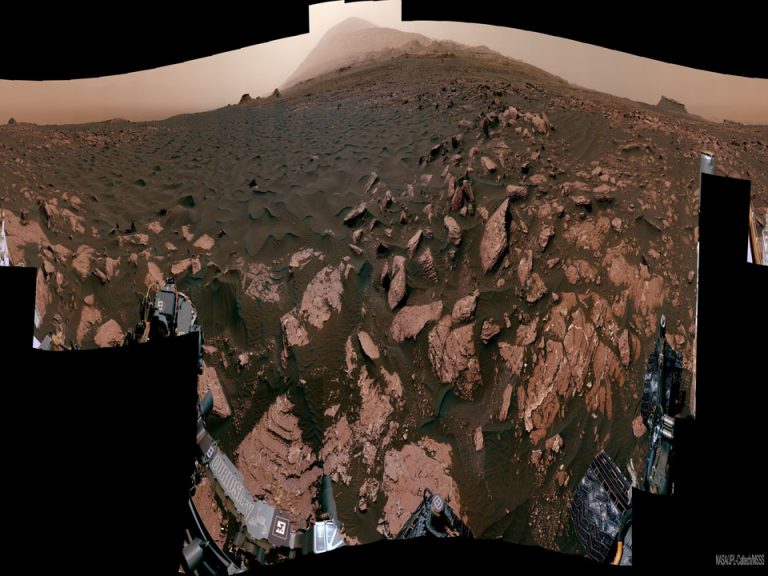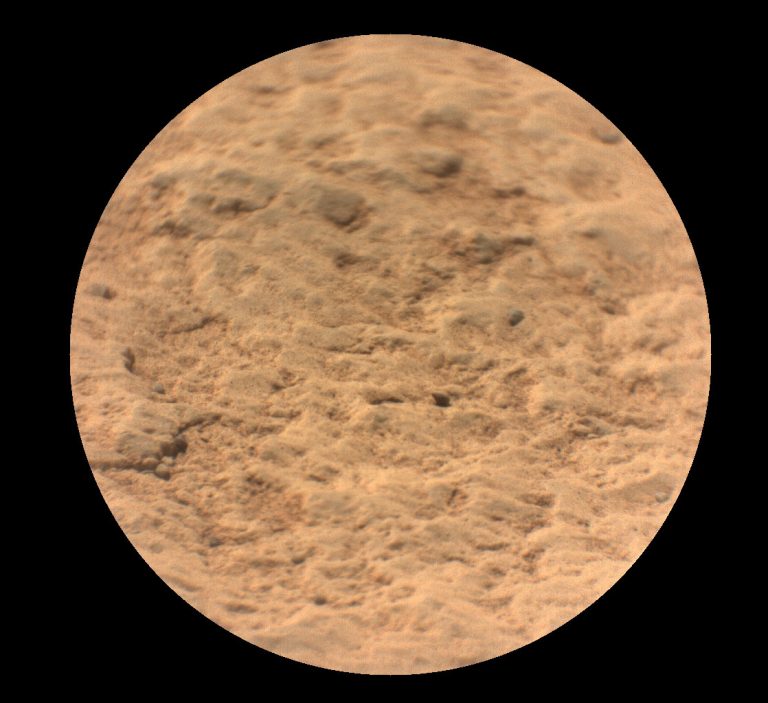2025年2月2日
Comet G3 ATLAS Disintegrates
Image Credit: Lionel Majzik
Explanation: What’s happening to Comet G3 ATLAS? After passing near the Sun in mid-January, the head of the comet has become dimmer and dimmer. By late January, Comet C/2024 G3 (ATLAS) had become a headless wonder — even though it continued to show impressive tails after sunset in the skies of Earth‘s Southern Hemisphere. Pictured are images of Comet G3 ATLAS on successive January nights taken from Río Hurtado, Chile. Clearly, the comet’s head is brighter and more centrally condensed on the earlier days (left) than on later days (right). A key reason is likely that the comet’s nucleus of ice and rock, at the head‘s center, has fragmented. Comet G3 ATLAS passed well inside the orbit of planet Mercury when at its solar closest, a distance that where heat destroys many comets. Some of comet G3 ATLAS’ scattering remains will continue to orbit the Sun.
Gallery: Comet G3 ATLAS
Tomorrow’s picture: star-sized wind machine
阿特拉斯彗星发生崩解
影像提供: Lionel Majzik
说明: 阿特拉斯彗星发生了什么事?自1月中旬掠过太阳附近后,这颗彗星的彗发就变得越来越昏暗。到了1月下旬,阿特拉斯彗星(C/2024 G3 ATLAS)几乎成为了一颗无头的彗星,尽管它在地球 南半球的夜空中依然曳着壮观的彗尾。上面这幅摄于智利 里奥乌塔多镇的组合影像,呈现了阿特拉斯彗星在1月连续数晚的照片。从中可清楚看出,彗星的彗发在早期照片里的亮度(左侧),比在后期(右侧)更明亮且更紧实。发生这种改变的主要原因,很可能是彗星由冰与岩石组成的彗核已经崩解。阿特拉斯彗星在近日点时,曾深入水星轨道之内的太阳系内围,而该处的高温环境曾摧毁了许多的彗星。尽管如此,阿特拉斯彗星零落的残骸,仍会继续绕太阳运行。
相册: 阿特拉斯彗星
明日的图片: star-sized wind machine







